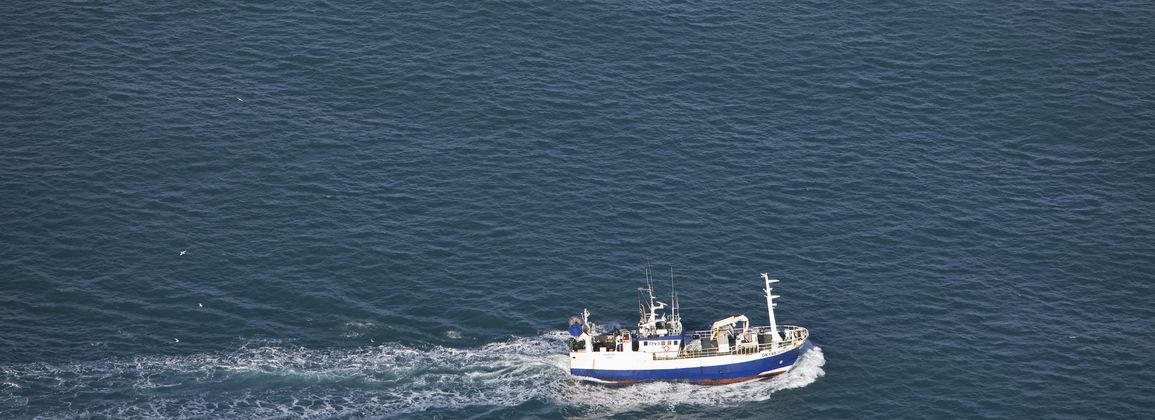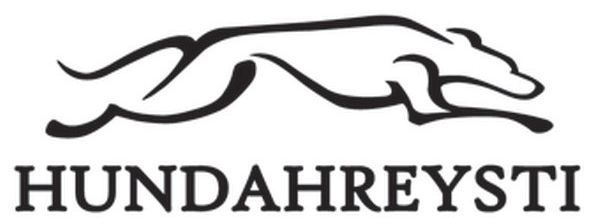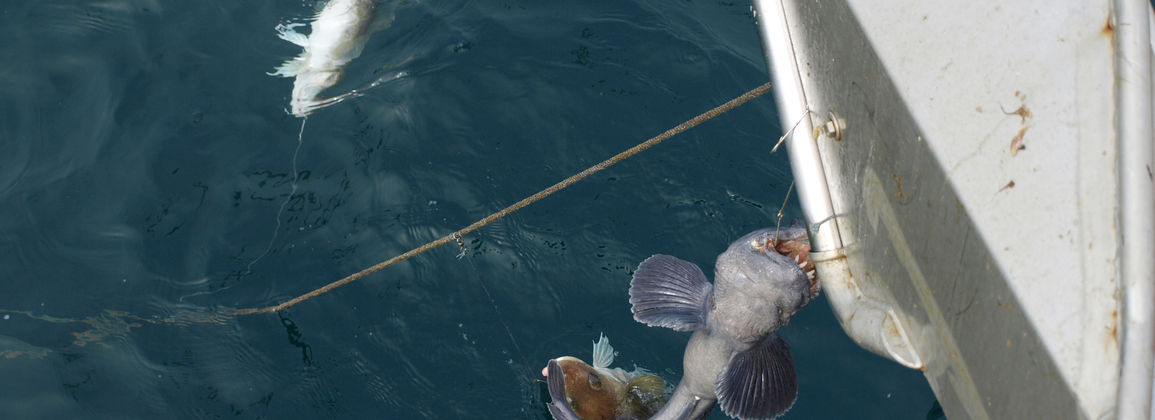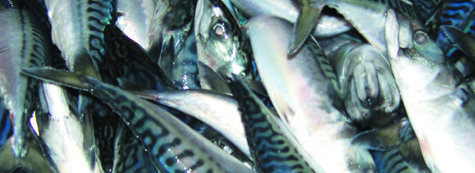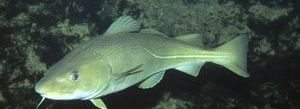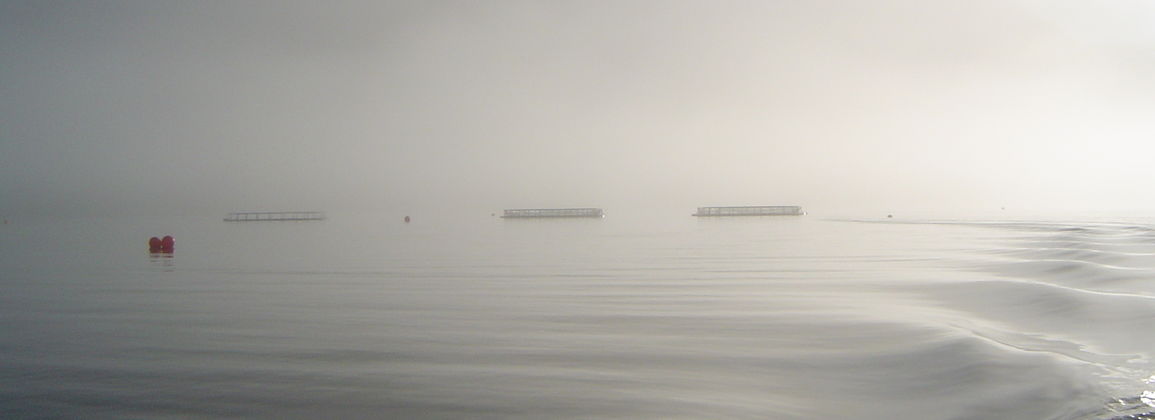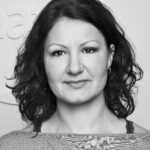In recent months, preparations have been made for the establishment of a food factory in the uplands of Árnessýsla, which will be a center for product development and processing of vegetables and to strengthen vocational and university education in the area through teaching and research.
In Flúðir, Matís will rent premises at Iðjuslóð 2 for the food factory and the operation is secured with the cooperation of Atvinnuþróunarfélag Suðurlands, Háskólafélag Suðurlands, Hrunamannahreppur, Bláskógarbyggð, Skeiða- and Gnúpverjahreppur, Grímsnes- og Grafningshreppur, Mat horticulture, Matís horticulture, An agreement on this subject was recently signed.
The main goal of the project is to build a development center for small-scale food production, ie to establish small-scale production, product development and research of horticultural products in the area and thus create new and interesting opportunities in Flúðir and the surrounding area, but also to create an important platform for entrepreneurs and small producers complete their products for marketing.
Suðurlands Growth Agreement provided grants for the preparation and development of the food factory.
A special project for three is about the operation and operation of the food factory in Flúðir. The partners will work together to ensure the progress of the project so that the facilities can be used for development work, teaching, courses and experimental activities.


oddv. Skeiða -og Gnúpvhr., Hörður G. Kristinsson frá Matís, Drífa Kristjánsd. oddv.
Bláskógabyggðar and Ragnar Magnússon oddv. Hrunamannahr.
In the near future, an employee will be hired for the workshop. Matís invests heavily in its operations outside the capital area and in collaboration with companies and stakeholders throughout the country, but the company operates offices in six locations outside Reykjavík.
Further information is provided by Guðjón Þorkelsson and Hörður G. Kristinsson at Matís. The accompanying photos show when the agreements were signed.


